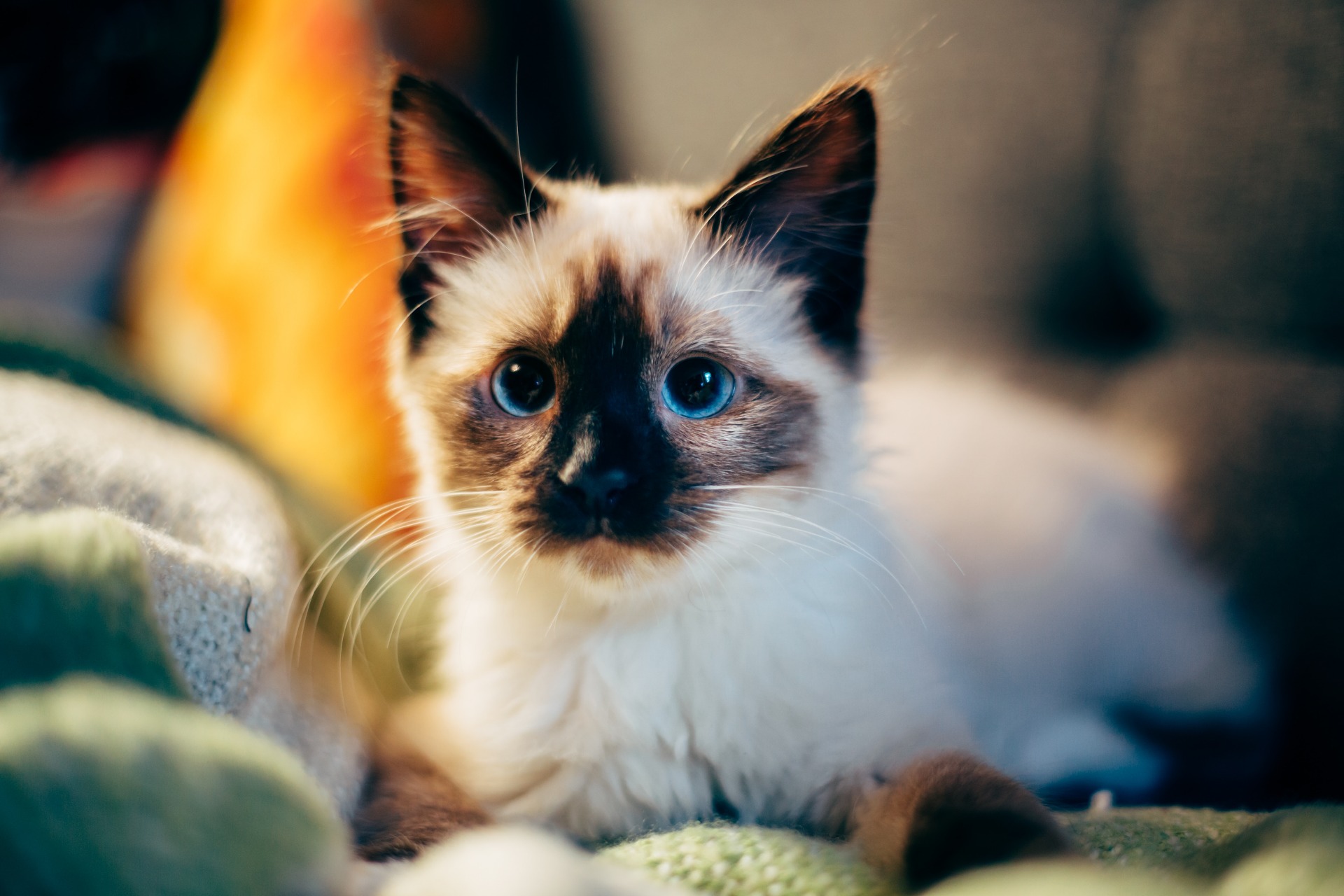
DOG & CAT HAIR Challenge CHIENGORA
Clic Recycle opens up this challenge to dog and cat groomers! After our pets are groomed, that hair fills the garbage cans. So we found a way to recycle it. Clic Recycle has created a yarn that can be made from a variety of different fibers, like particular animal hair. Remember, this isn't new! #nothingsecreatodosetransform
Dog hair has been found in threads dating back to prehistoric Scandinavia and in textiles from the Navajo Native Americans and Northwest Coast North America. It was the main fiber spun on the North American continent before the Spanish introduced sheep wool.
For this reason, this challenge was crafted to assist in 3 aspects:
For people: help animal-protection organizations
For new benefit models: our partners make additional eco-products to Clic Recycle
For the planet: This resource is a pity that it goes to the dumps instead of being reused as our ancestors have done during cycles.
Dog hair mixed with specific fibers is up to 80% warmer than wool and sheds water well. Its fiber is not elastic like wool and is characterized by its fluffiness (the halo effect). It has an angora-like appearance and is luxuriously soft.
Canine hairdressers let's make your waste a resource! Are you ready to participate in the RetoPelochiengora! We need your help to achieve our goal and accomplish this challenge. Once you register, we'll send you participation forms to your email that you can return to us completed.
Characteristics
The fur or coat of most dogs and cats is made up of:
- Long and thick hair above the coat, the top coat or "jarre". It is generally smooth, of very variable length, of medium density and relatively impermeable. Its hue is frank and sustained and it is brilliant when your animal is in good health.
- Of down or stuffing which constitutes the undercoat. It is shorter, thinner, and woolly. Its color is much lighter than that of the jar, its density higher. It is permeable, but its compactness makes it an excellent bulwark against water, and also against dust and various impurities.
It is the latter that interests us! So no question of taking your electric epilator or a razor to get our wool!
Banks of the Pyrenees, the field of red flowers
What should be particularly emphasized is that dog wool has the same characteristics as sheep wool. It is thermoregulatory, antibacterial and warm, and would be even more so than sheep!
On the other hand, its fiber is not elastic like sheep's wool and is characterized by a halo effect that resembles mohair and angora.
Regarding cat wool, it is denser and felts very easily. It is much more difficult to spin and to knit than dog's wool, it remains however very interesting thanks to its unctuous texture.
The design process
Carding
The carding is done with carders that look like the brushes usually used to brush your pet, but much larger. There are also mechanical machines that make this process much easier and faster. This step allows you to:
- Remove impurities (dandruff, twigs, etc.)
- Put the fibers in the same direction to facilitate spinning.
If you want to card the undercoat of your dog or your cat, it is important to have cards with a very large number of teeth (small pins) per cm2. Indeed, these fibers are very fine and if they are carded with a card dedicated to thicker fibers, you will not obtain a very good result.
Spinning
During this step, the fibers will be stretched and twisted in one direction using the spinning wheel. A strand will thus be obtained, spun as thinly and as evenly as possible. To best consolidate the fibers and have a ball of very solid wool, we will use 2 strands that we will twist in the other direction.
Cleaning
When the wool is spun, it is placed on a mandrel. This process will make it possible to define the yardage of the wool and to obtain a skein of wool. This skein is essential to clean our wool safely. It is also in this form that it will be possible to dye dog wool. And yes, it is possible!
Cleaning at this stage is very important because not only will it rid the fibers of impurities, grease and odor, but above all it will block the spinning, making it stronger and it will standardize the twists.
Curling up
To finish and when the wool is very dry, we will be able to put it in a ball thanks to the reel. This will allow you to stretch the skein and carefully unroll the wool by transforming it into a ball with a winder. However, it is quite possible to keep it in the form of a skein, the shape of which is very aesthetic, for my taste.
